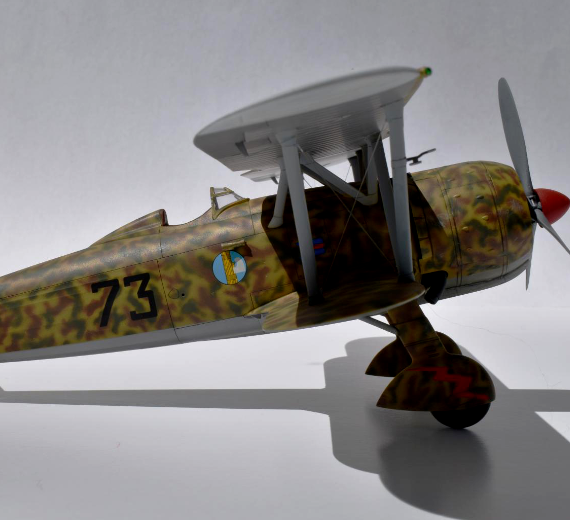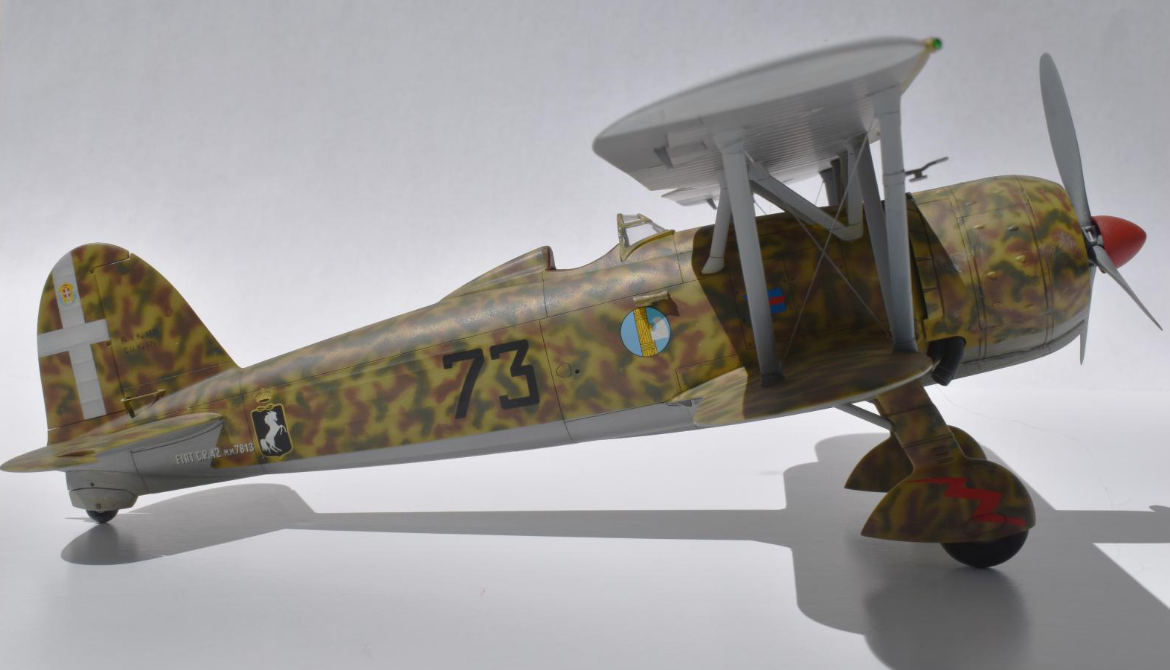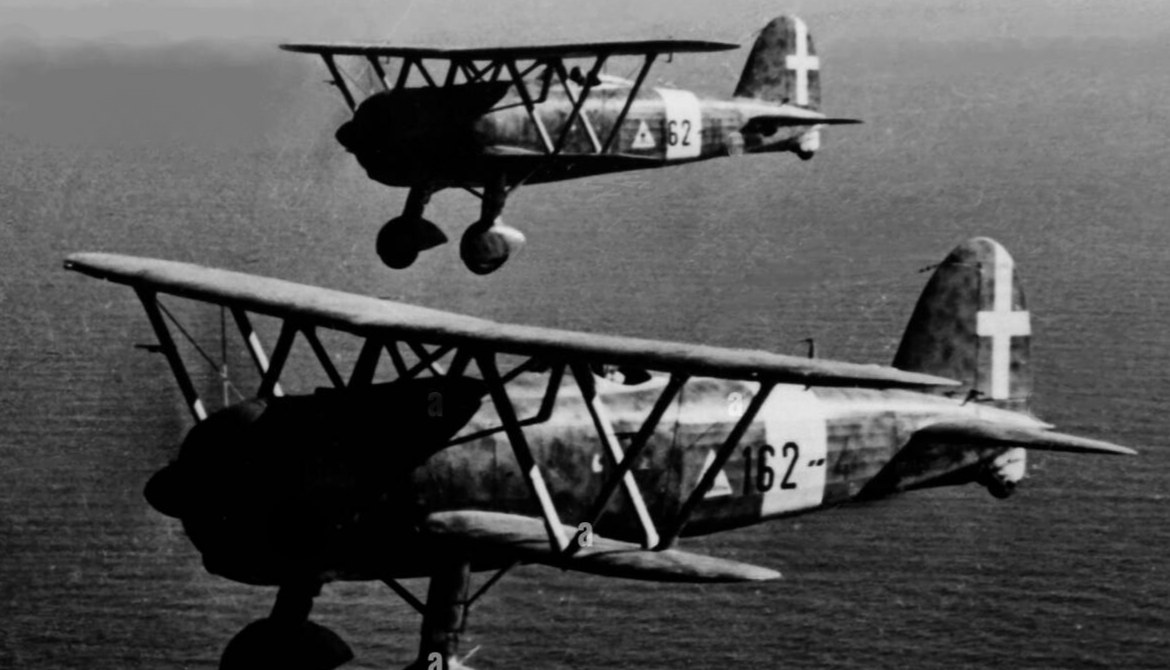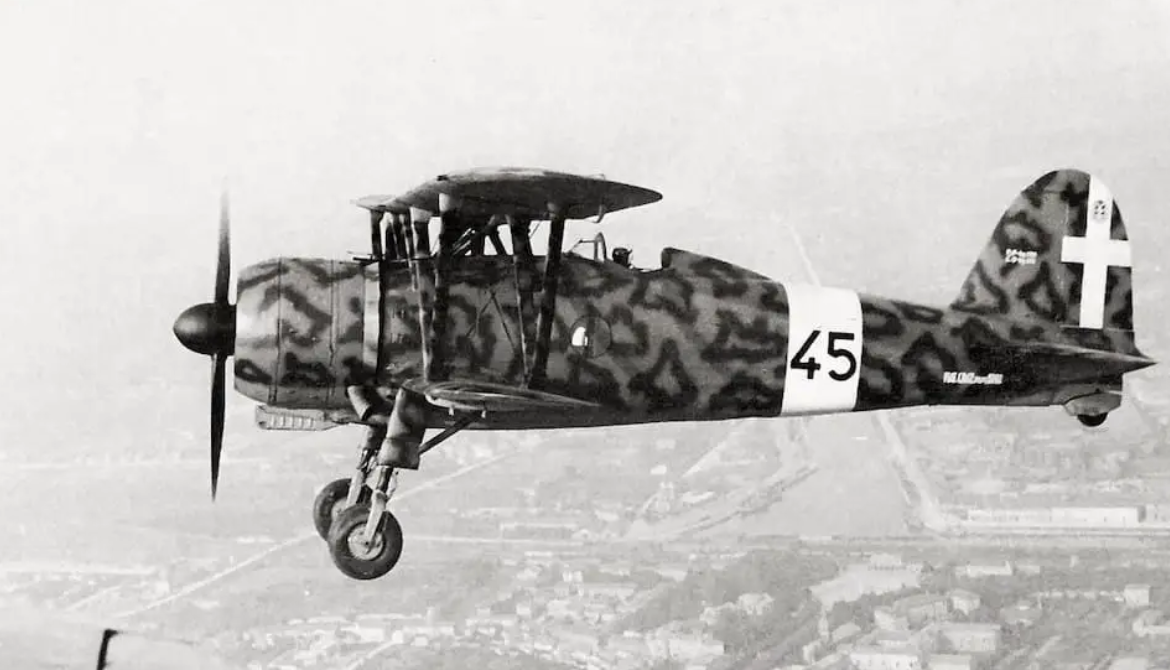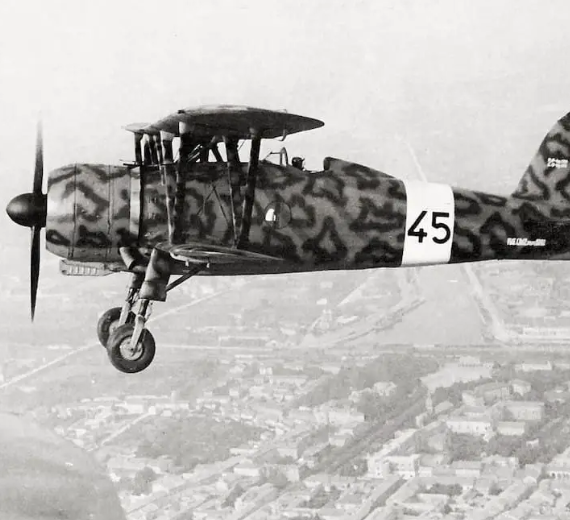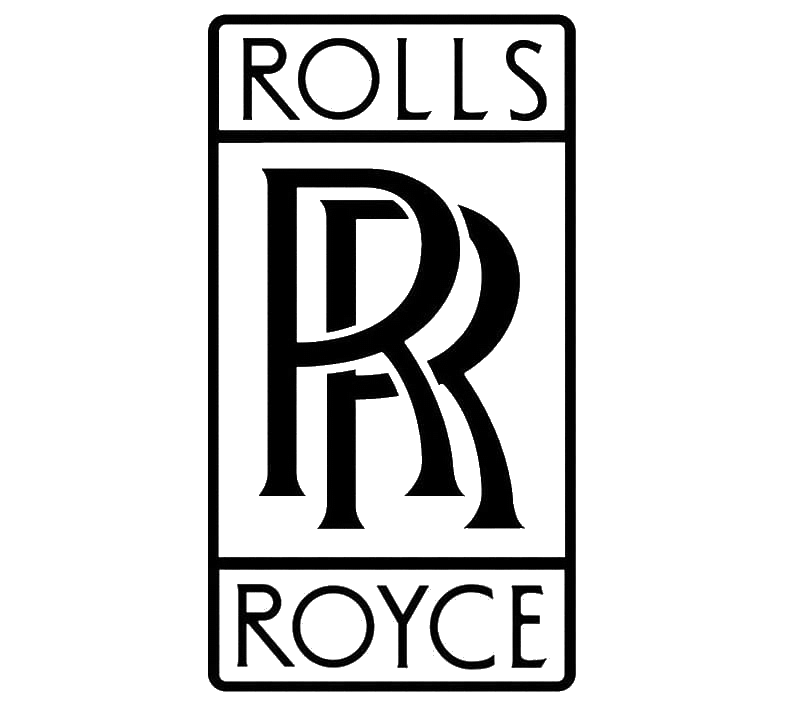Fiat Aviazione
Fiat CR.42 Falco Fighter
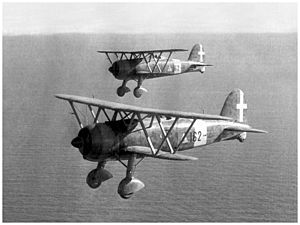 |
|
| Two CR.42's of 162a Squadriglia, 161° "Autonomous Terrestrial Fighter Group", Aegean Islands 1940 | |
| Role | Fighter |
|---|---|
| National origin | Italy |
| Manufacturer | Fiat Aviazione |
| First flight | 23 May 1938 |
| Introduction | 1939 |
| Retired | 1948 Spanish Air Force |
| Status | Out of service |
| Primary users | Regia Aeronautica Swedish Air Force Hungarian Air Force Belgian Air Force |
| Produced | c. February 1939 – late 1943 |
| Number built | 1,817–1,819 |
| Developed from | Fiat CR.32 |
.
History Fiat Aviazione / Aeritalia
Fiat CR.42 Falco Fighter "Falco"

The CR.42 was an evolution of Fiat’s earlier CR.32 fighter, featuring a more powerful supercharged Fiat A.74R1C.38 air-cooled radial engine and aerodynamic improvements to its relatively clean exterior surfaces. The aircraft proved to be relatively agile in flight, a factor that had been attributed to its very low wing loading and a sometimes decisive tactical advantage. RAF Intelligence praised its exceptional manoeuvrability, further noting that "the plane was immensely strong",though it was technically outclassed by faster, more heavily armed monoplanes. While primarily used as a fighter, various other roles were adopted for some variants of the type, such as the CR.42CN night-fighter model, the CR.42AS ground-attack aircraft, and the CR.42B Biposto twin-seat trainer aircraft.
The Fiat CR.42 Falco (Falcon, plural: Falchi) is a single-seat sesquiplane fighter developed and produced by Italian aircraft manufacturer Fiat Aviazione. It served primarily in the Italian Regia Aeronautica in the 1930s and during the Second World War.
Design

The Fiat CR.42 was a robust and relatively clean single-seat biplane fighter aircraft; in spite of the biplane configuration of the aircraft, it was a modern, "sleek-looking" design, based around a strong steel and alloy structure. The CR.42 was furnished with fixed main landing gear, the legs of which were attached to the underside of the lower wing stubs; both the legs wheels were enclosed within streamlined fairings for aerodynamic reasons. The upper wing was larger than its lower wing, a configuration known as a sesquiplane. The aircraft proved to be exceptionally agile in flight, a characteristic which had been attributed to be a result of the fighter's very low wing loading. The very strong structure of the fighter enabled pilots to perform virtually all manoeuvres. Shortcomings of the CR.42 included its slower speed in comparison to monoplanes, and a lack of armour, firepower and radio equipment
Regia Aeronautica

0
KmCeiling
0
KmCombat RANGE
0
Km/hAircraft Speed
0
Max Crew
Photo Gallery
Fiat Aviazione / Aeritalia
Fiat CR.42 Falco Fighter "Falco"


Fiat Aviazione / Aeritalia
Fiat CR.42 Falco Fighter "Falco"
General Info
-
-
- Crew: 1
- Length: 8.25 m (27 ft 1 in)
- Upper wingspan: 9.7 m (31 ft 10 in)
- Lower wingspan: 6.5 m (21 ft 4 in)
- Height: 3.585 m (11 ft 9 in)
-
Powerplant
-
-
- Wing area: 22.4 m2 (241 sq ft)
- Empty weight: 1,782 kg (3,929 lb)
- Gross weight: 2,295 kg (5,060 lb)
- Powerplant: 1 × Fiat A.74 R.C.38 14 cylinder air-cooled radial piston engine, 627 kW (841 hp) at 3,800 m (12,500 ft) and 2,400 rpm
-
Performance
- Maximum speed: 441 km/h at 6,100 m (20,000 ft)
- Cruise speed: 399 km/h
- Landing speed: 128 km/h
- Range: 780 km (480 mi, 420 nmi)
- Service ceiling: 10,210 m
Armament
- Guns: * 1x Breda SAFAT 7.7 mm (0.303 in) and 1x Breda SAFAT 12.7 mm (0.500 in) machine gun
- Later 2 × 12.7 mm (0.500 in) Breda SAFAT machine guns, 400 rpg (most common).
- plus 2 × 12.7 mm (0.500 in) machine guns in underwing fairing on some.
- Bombs: 200 kg (440 lb) on 2 × wing hardpoints
.
Links to Youtube & Others
On 13 June 1940, three days after entry of Italy into the war, 23 pilots from 23° Gruppo of 3° Stormo escorted a flight of ten Fiat BR.20 bombers to bomb the French naval base of Toulon.
Fiat CR.42 Falco
Fighter "Falco"
In autumn 1940, Regia Aeronautica sent 18° Gruppo (of 56° Stormo) in Belgium with 83a, 85a and 95a Squadriglia equipped with CR.42s as part of the Corpo Aereo Italiano,
Youtube Link
In autumn 1940, Regia Aeronautica sent 18° Gruppo (of 56° Stormo) in Belgium with 83a, 85a and 95a Squadriglia equipped with CR.42s as part of the Corpo Aereo Italiano,
